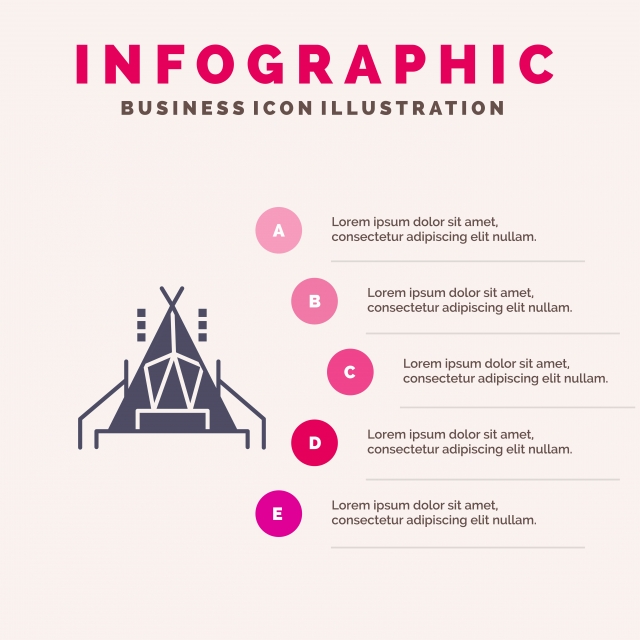While lots of campers concentrate on a tent's canopy to protect them from rain, snow, and bugs, the tent floor is equally crucial. A high quality flooring uses security from standing water, soaked mud, and sharp rocks.
At White Duck Outdoors, we offer free-floating plastic floorings that are personalized per tent dimension. This permits you to select a flooring liner or use your very own canvas tarp as a liner.
Durability
There are different sorts of floors offered for wall surface tents. Free-floating floorings are different pieces that you lay on the ground before constructing the tent, making them simple to establish. A sewn-in floor is a bit extra complex, yet it offers outstanding defense from water and bugs.
Nevertheless, the most effective choice is a camping tent flooring liner. A liner is thick and pressures any kind of water or pests to go under the floor instead of via openings in the tent. It also minimizes the quantity of dust that gets inside the camping tent, making it less complicated to clean and preserve.
All White Duck Outdoors wall surface outdoors tents come with a free-floating floor included, so you do not need to worry about buying and setting up one individually. We recognize the importance of being able to personalize your room and make camping even more pleasurable. The free-floating flooring makes the outdoor tents easier to carry, clean and store, high-ends that sewn-in or 3/4 floorings do not give.
Weather Resistance
When selecting a protective cover for commercial or logistical objectives, climate resistance is frequently an essential aspect. Canvas tarpaulins are traditionally made from natural materials, while vinyl tarpaulins include advanced polymer engineering. This difference in structure leads to drastically different performance qualities, maintenance demands, and appropriate applications.
Vinyl tarps are perfect for long term industrial protection because of their sturdiness, water resistant attributes and chemical resistance. They likewise use great UV security and are lighter than canvas tarpaulins. These properties make them the preferred choice for covering equipment and building momentary structures.
Easy Maintenance
The resilience of vinyl floors and their resistance to wear and tear translates into minimal maintenance requirements. Wipe-downs with mild soap and water are enough to keep them looking clean, while stubborn spots can commonly be gotten rid of without much initiative.
On the other hand, canvas covers are most likely to take in moisture over time, causing mold and mildew and mold growth if not correctly dried or treated. Moreover, they might call for even more regular waterproofing treatments to maintain their safety properties.
In addition, a woven textile like camping equipment cotton is prone to piercing and tearing in time, making it more at risk to harm from sharp items or abrasive surface areas. Plastic is engineered to resist these hazards more effectively, positioning it as a superior choice for sturdy security applications. In addition, its artificial parts use remarkable sturdiness and longevity compared to canvas products. As a result, they usually have a reduced ecological impact in regards to production and disposal. They likewise have a tendency to have a more versatile personalization ability, helping with the consolidation of elaborate styles and color design.
Environmental Influence
Just like all products, it is very important to comprehend the environmental profile of each product. This includes every little thing from basic materials sourcing and production processes to use longevity and end-of-life disposal choices. This details enables organizations to make smarter choices that straighten with sustainability goals while fulfilling operational needs.
Sailcloth naturally lines up with eco-conscious goals because of its biodegradable nature and reduced manufacturing footprint. Its lighter weight converts to less storage and transport needs. Its minimized upkeep demands and longer life expectancy further minimize overall expenses.
Plastic, on the other hand, counts on artificial parts for its longevity and climate resistance. Its chemical therapies need high energy input. Plastic's non-biodegradable homes better make complex recycling and waste monitoring methods. Nonetheless, it does offer superior waterproofing and UV degradation resistance to outdoor settings.
